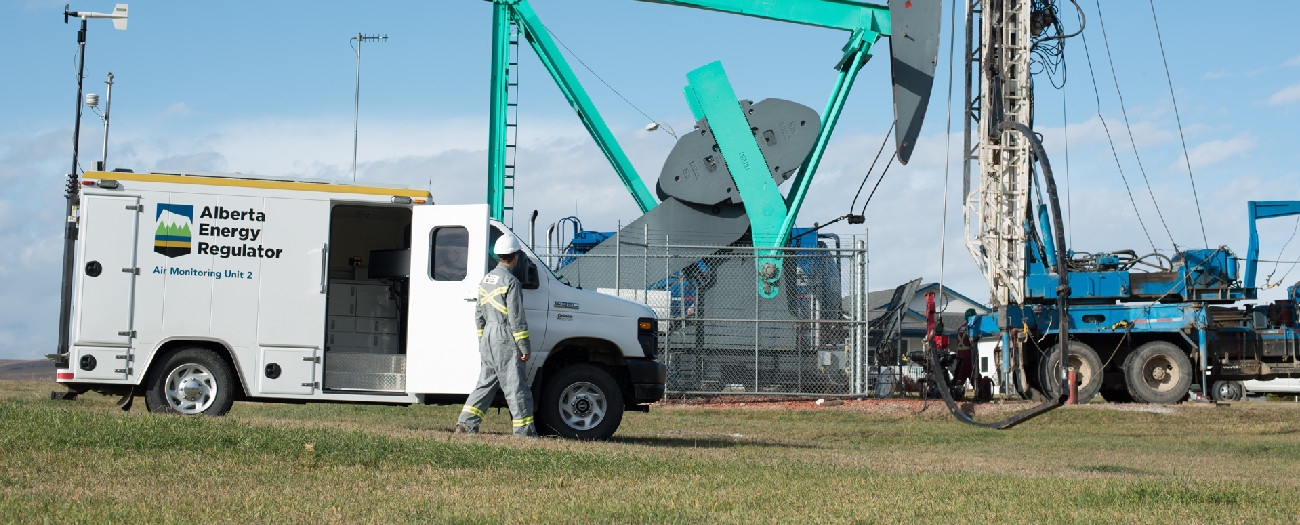Air monitoring units detect and measure harmful gases
Alberta - July 25, 2016Regulating energy operations isn’t limited to what’s going on above and below ground – it also applies to the air we breathe.
The AER’s two air-monitoring units (AMUs), which measure gas concentrations, are critical to how the AER protects the public during an incident.
The AMUs—sometimes referred to as “sniffer trucks”—are dispatched when there is an incident, such as a blowout or leak of sour gas (otherwise known as hydrogen sulphide, or H2S). Any type of industrial activity comes with risk, but monitoring technologies minimize risks and allow for a better response to critical incidents.
Here are five things you need to know about AMUs:
- They’ve come a long way. The AER has used AMUs since the 1980s, but the technology has dramatically improved over the years. In the 1980s, the AER used station wagons—later suburbans and then cargo vans—outfitted with the technology of the day. Now the two AMUs are multifunctional vehicles and employ state-of-the-art air monitoring equipment.
- Detect two types of gas. Our AMUs detect and measure two types of gas emissions: sulphur dioxide and H2S. Both are colourless gases and can be dangerous in high concentrations.
- Mobility. These mobile units can be dispatched anywhere in the province and continuously sample the air as they travel towards a site. The air is analyzed and the data is displayed and recorded so that technicians can closely monitor changes in concentrations at all times.
- Where they’re needed most. AMUs are stationed in the Midnapore (south Calgary) and Drayton Valley field centres. These centres are in regions where oil and gas operations have higher concentrations of sour gas.
- See for yourself. AMUs are put to use even when they’re not in the field. The AER brings the AMUs to public events, oil and gas conventions, and open houses across the province, working to educate Albertans about the role air monitoring plays in energy resource development and regulation.
Ashley Orzel, Writer


